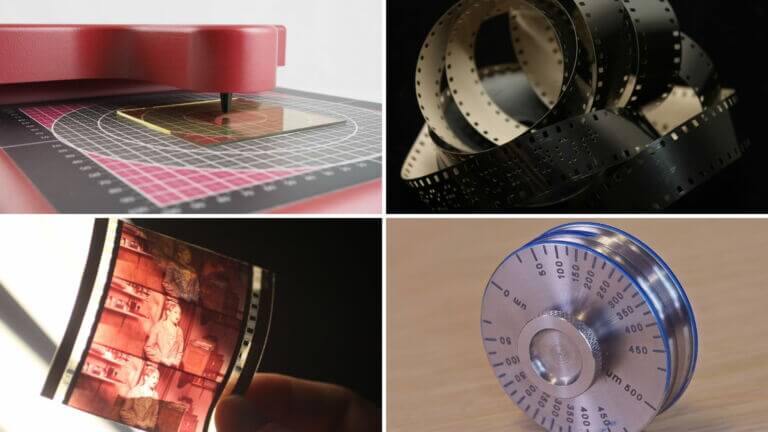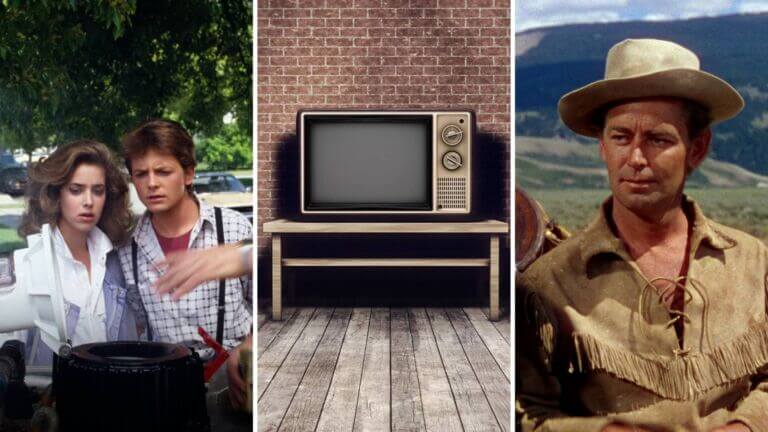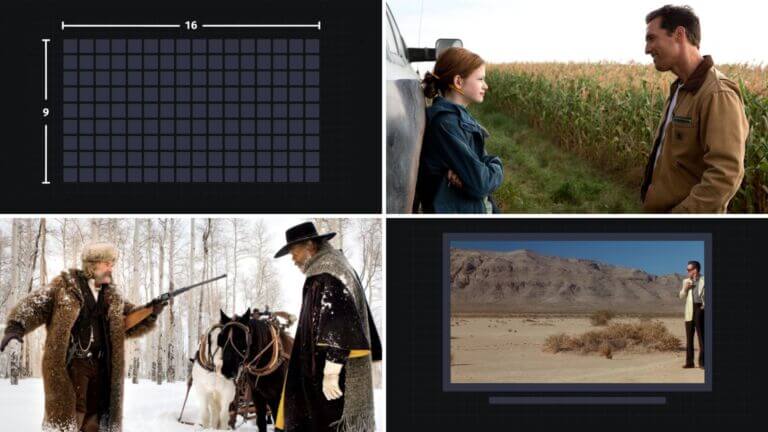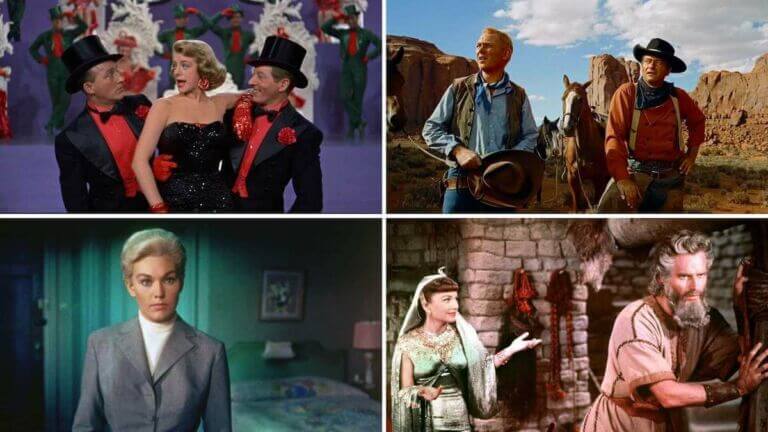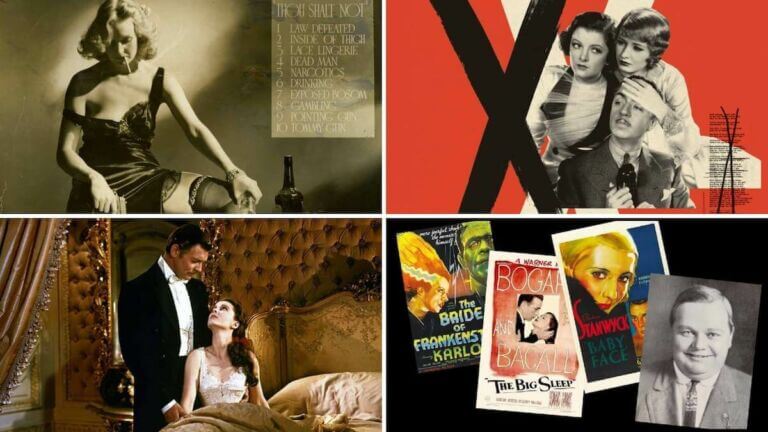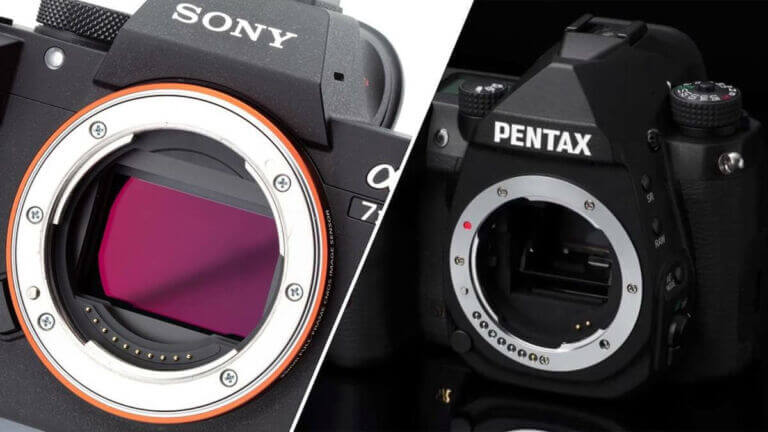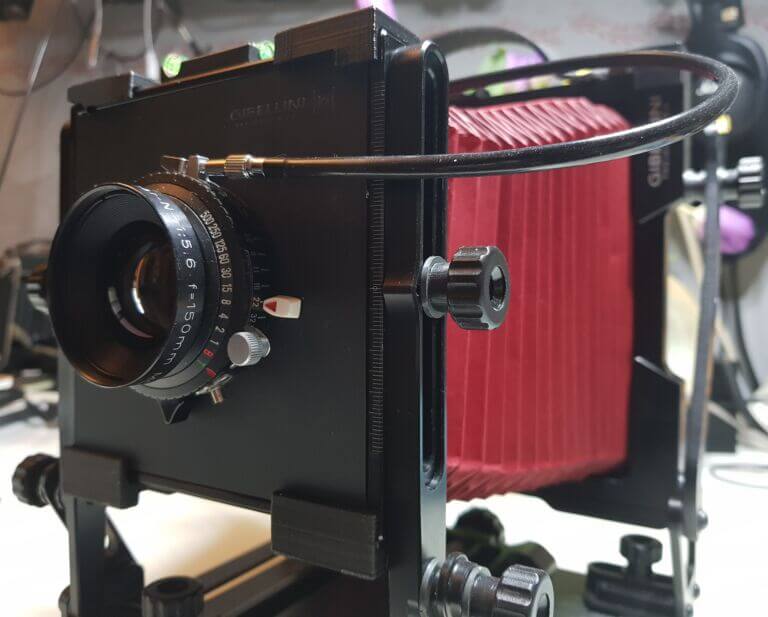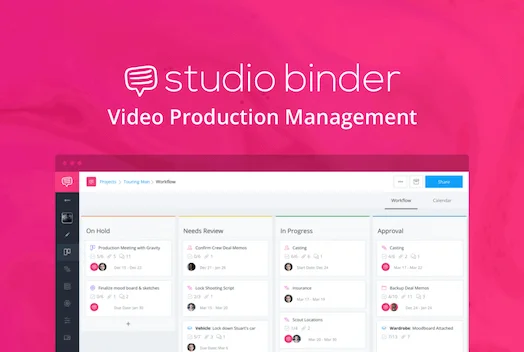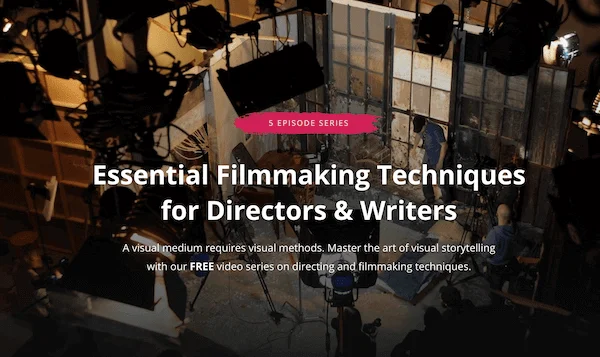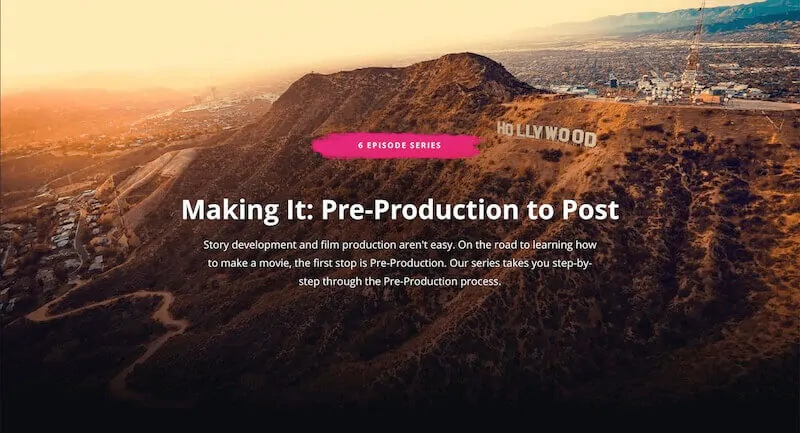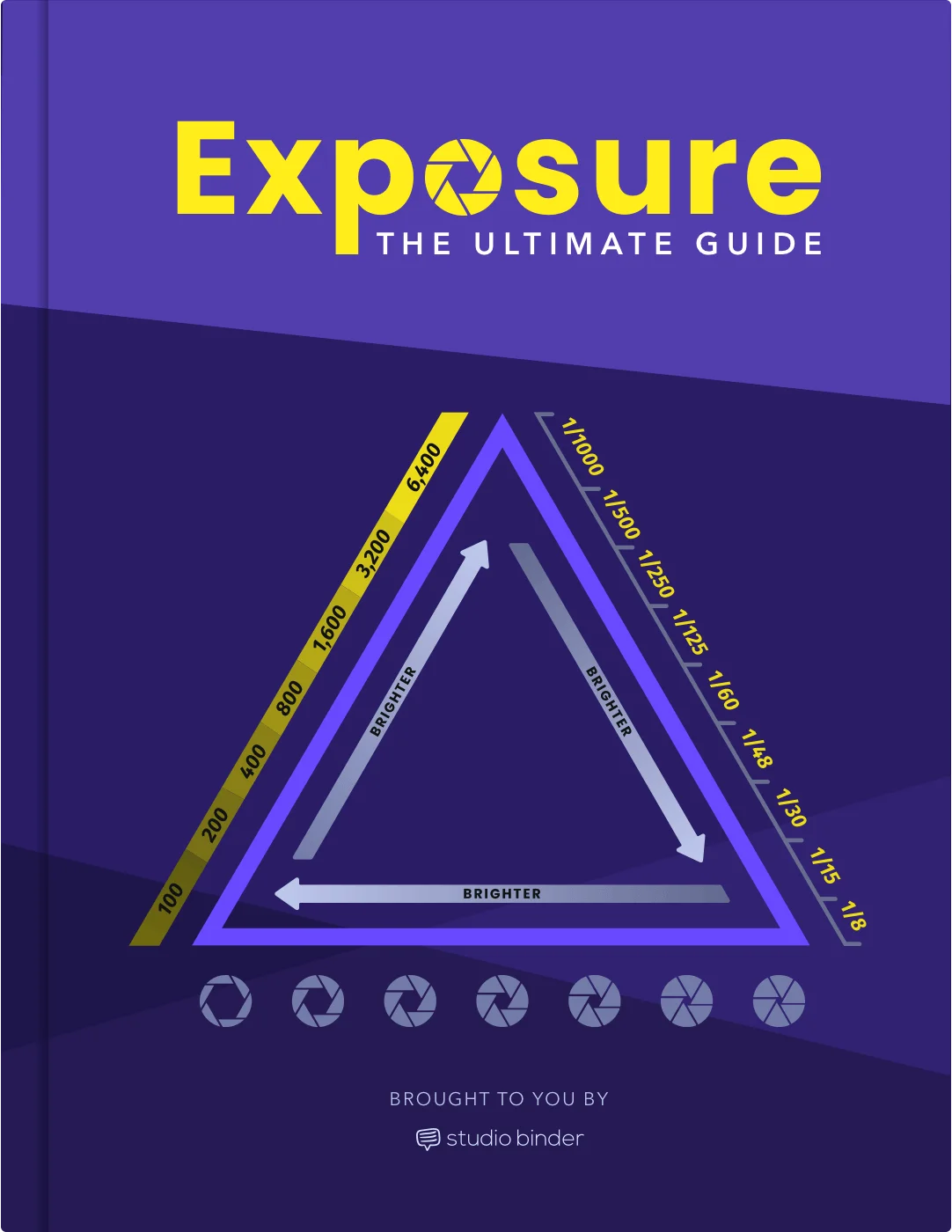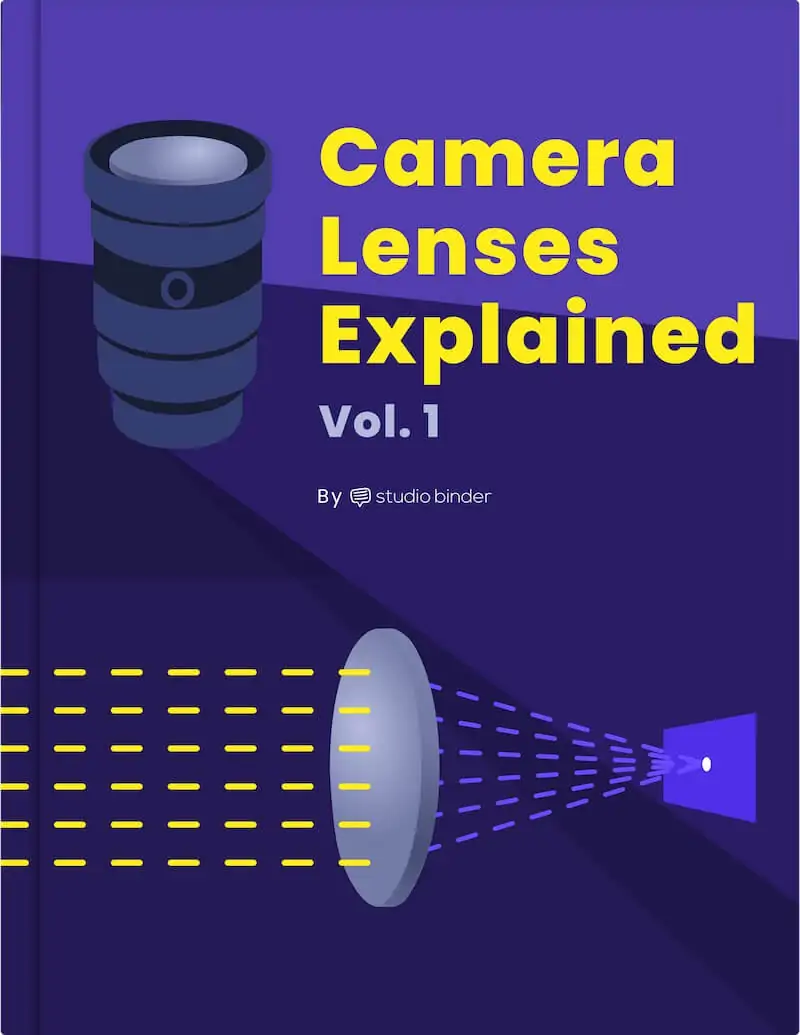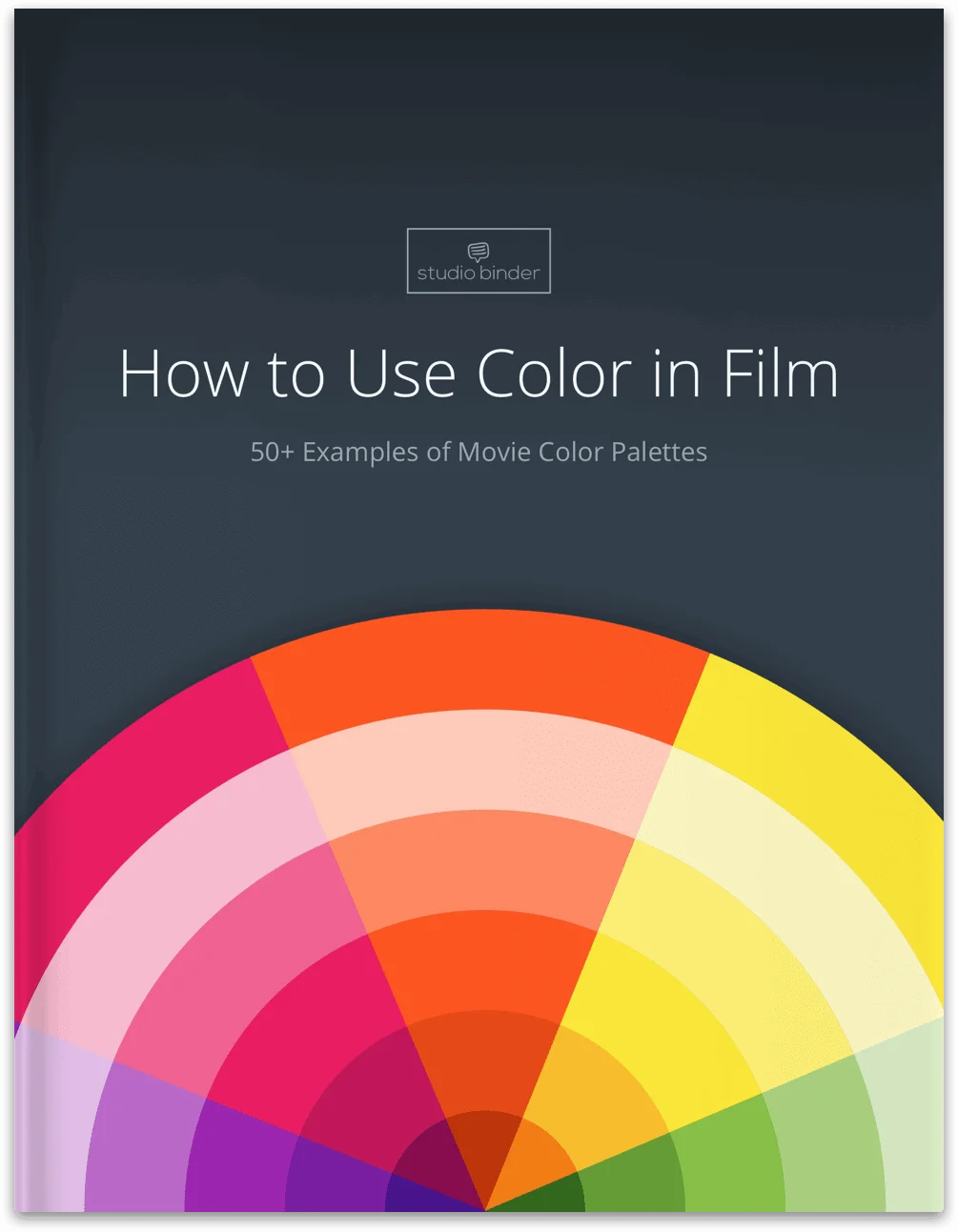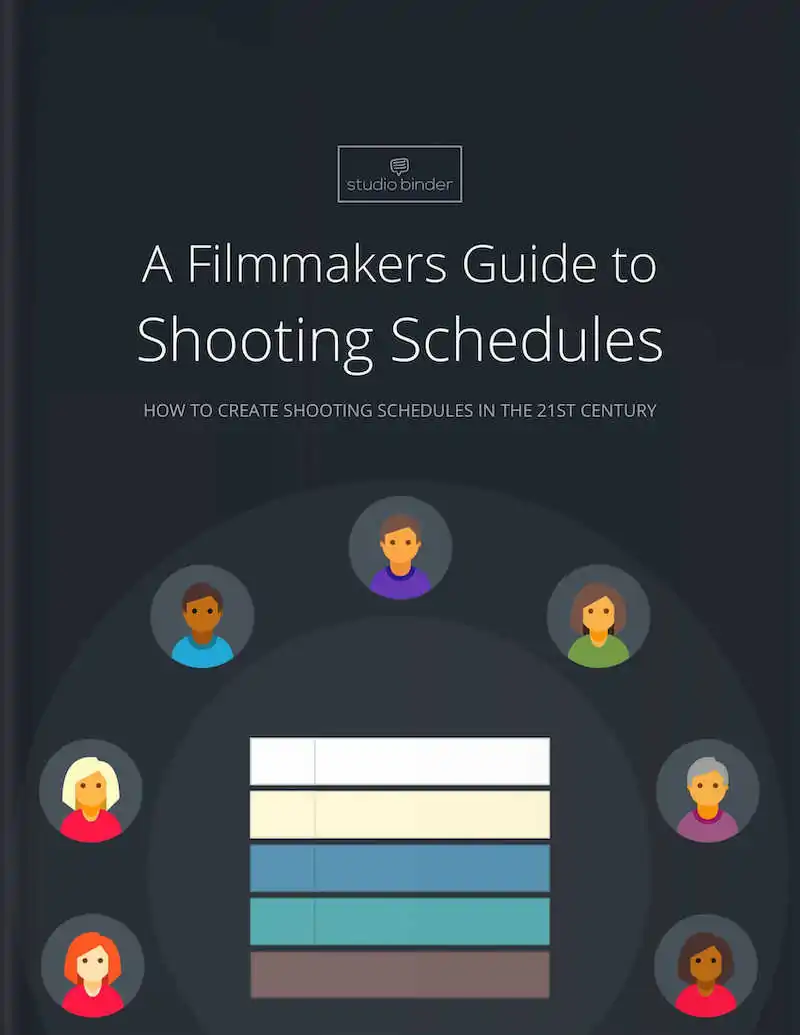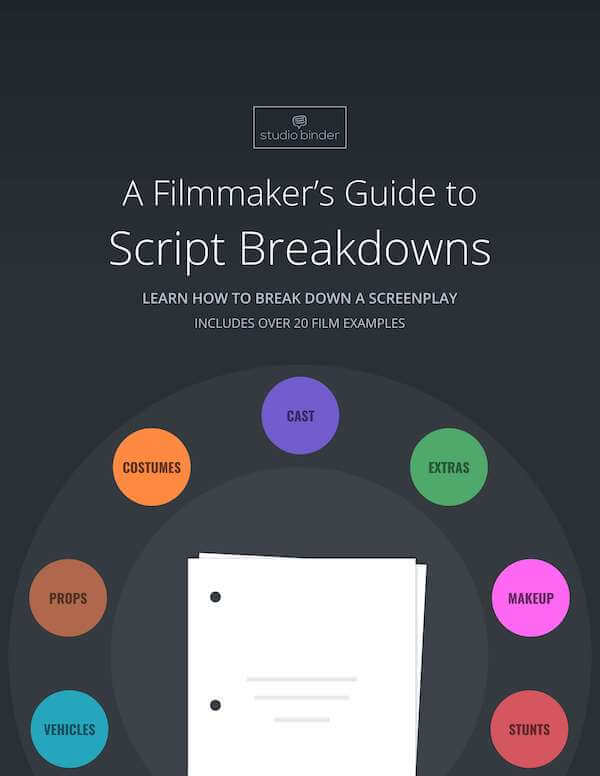@media (min-width: 300px){.thrv_symbol_136809 [data-css="tve-u-18a6fe2599c"] .tve_w_menu{border-bottom: none;}.thrv_symbol_136809 [data-css="tve-u-18a6fe2599c"]{overflow: scroll;margin-right: 0px !important;margin-bottom: 0px !important;margin-left: 0px !important;}.thrv_symbol_136809 .thrv_widget_menu #m-17688d19bdf li:not(.tcb-excluded-from-group-item){border-bottom: 1px solid rgba(0,0,0,0);text-align: center;--tve-font-weight: var(--g-bold-weight,bold);--tve-font-family: inherit;box-shadow: none;--tve-applied-box-shadow: none;--tve-text-transform: none;padding: 15px 50px !important;margin-left: 0px !important;margin-right: 0px !important;}.thrv_symbol_136809 .thrv_widget_menu #m-17688d19bdf li:not(.tcb-excluded-from-group-item) a{font-family: var(--tve-font-family,inherit);font-size: 14px !important;font-weight: var(--tve-font-weight,var(--g-bold-weight,bold) ) !important;text-transform: var(--tve-text-transform,none) !important;}.thrv_symbol_136809 .thrv_widget_menu #m-17688d19bdf li:not(.tcb-excluded-from-group-item) strong{font-weight: 500;}.thrv_symbol_136809 .tve-regular #m-17688d19bdf .tcb-mega-drop-inner:not(.tcb-excluded-from-group-item) li.lvl-1{max-width: calc(33.3333% - 40px);width: calc(33.3333% - 40px);margin-left: 40px;margin-top: 15px !important;}.thrv_symbol_136809 .tve-regular #m-17688d19bdf .tcb-mega-drop-inner:not(.tcb-excluded-from-group-item) ul{margin-left: -40px;margin-top: -15px !important;}.thrv_symbol_136809 .tve-regular #m-17688d19bdf .tcb-mega-drop-inner ul li a:not(.tcb-excluded-from-group-item){border: none;text-transform: uppercase;letter-spacing: 1px;font-family: var(--tve-font-family,inherit);--tve-font-weight: var(--g-bold-weight,bold);--tve-font-family: inherit;text-align: center;--tve-color: rgb(0,0,0);--tve-applied---tve-color: rgb(0,0,0);--tcb-applied-color: rgb(0,0,0);box-shadow: none;--tve-applied-box-shadow: none;font-weight: var(--tve-font-weight,var(--g-bold-weight,bold) ) !important;color: var(--tve-color,rgb(0,0,0)) !important;font-size: 13px !important;padding-top: 26px !important;padding-bottom: 26px !important;--tve-applied-color: var$(--tve-color,rgb(0,0,0)) !important;margin-top:… Keep reading
When shooting a motion picture on physical celluloid, there are different types you can choose from. Each type will be a certain width, which contributes to its quality, size, grain count, and more. When identifying the different types of celluloid used in filmmaking, we refer to these strips by their film gauge, which is often, but not always, recognized by how many perforations it has. But what is film gauge, why does it matter, how else can it be identified, and which one should you choose?
Continue reading What is Film Gauge — 8mm, 16mm, 35mm, 65/70mm Explained
@media (min-width: 300px){.thrv_symbol_136785 [data-css="tve-u-18a6fd857eb"] .tve_w_menu{border-bottom: none;}.thrv_symbol_136785 [data-css="tve-u-18a6fd857eb"]{overflow: scroll;margin-right: 0px !important;margin-bottom: 0px !important;margin-left: 0px !important;}.thrv_symbol_136785 .thrv_widget_menu #m-17688d19bdf li:not(.tcb-excluded-from-group-item){border-bottom: 1px solid rgba(0,0,0,0);text-align: center;--tve-font-weight: var(--g-bold-weight,bold);--tve-font-family: inherit;box-shadow: none;--tve-applied-box-shadow: none;--tve-text-transform: none;padding: 15px 50px !important;margin-left: 0px !important;margin-right: 0px !important;}.thrv_symbol_136785 .thrv_widget_menu #m-17688d19bdf li:not(.tcb-excluded-from-group-item) a{font-family: var(--tve-font-family,inherit);font-size: 14px !important;font-weight: var(--tve-font-weight,var(--g-bold-weight,bold) ) !important;text-transform: var(--tve-text-transform,none) !important;}.thrv_symbol_136785 .thrv_widget_menu #m-17688d19bdf li:not(.tcb-excluded-from-group-item) strong{font-weight: 500;}.thrv_symbol_136785 .tve-regular #m-17688d19bdf .tcb-mega-drop-inner:not(.tcb-excluded-from-group-item) li.lvl-1{max-width: calc(33.3333% - 40px);width: calc(33.3333% - 40px);margin-left: 40px;margin-top: 15px !important;}.thrv_symbol_136785 .tve-regular #m-17688d19bdf .tcb-mega-drop-inner:not(.tcb-excluded-from-group-item) ul{margin-left: -40px;margin-top: -15px !important;}.thrv_symbol_136785 .tve-regular #m-17688d19bdf .tcb-mega-drop-inner ul li a:not(.tcb-excluded-from-group-item){border: none;text-transform: uppercase;letter-spacing: 1px;font-family: var(--tve-font-family,inherit);--tve-font-weight: var(--g-bold-weight,bold);--tve-font-family: inherit;text-align: center;--tve-color: rgb(0,0,0);--tve-applied---tve-color: rgb(0,0,0);--tcb-applied-color: rgb(0,0,0);box-shadow: none;--tve-applied-box-shadow: none;font-weight: var(--tve-font-weight,var(--g-bold-weight,bold) ) !important;color: var(--tve-color,rgb(0,0,0)) !important;font-size: 13px !important;padding-top: 26px !important;padding-bottom: 26px !important;--tve-applied-color: var$(--tve-color,rgb(0,0,0)) !important;margin-top:… Keep reading
@media (min-width: 300px){.thrv_symbol_128232 .thrv_widget_menu #m-1859648b779 li:not(.tcb-excluded-from-group-item){border-bottom: 1px solid rgba(0,0,0,0);text-align: center;--tve-font-weight:var(--g-bold-weight,bold);--tve-font-family: inherit;box-shadow: none;--tve-applied-box-shadow:none;--tve-text-transform:none;padding: 15px 50px !important;margin-left: 0px !important;margin-right: 0px !important;}.thrv_symbol_128232 .thrv_widget_menu #m-1859648b779 li:not(.tcb-excluded-from-group-item) a{font-family: var(--tve-font-family,inherit);font-size: 14px !important;font-weight: var(--tve-font-weight,var(--g-bold-weight,bold) )!important;text-transform: var(--tve-text-transform,none)!important;}.thrv_symbol_128232 .thrv_widget_menu #m-1859648b779 li:not(.tcb-excluded-from-group-item) strong{font-weight: 500;}.thrv_symbol_128232 .tve-regular #m-1859648b779 .tcb-mega-drop-inner:not(.tcb-excluded-from-group-item) li.lvl-1{max-width: calc(50% - 40px);width: calc(50% - 40px);margin-left: 40px;margin-top: 15px !important;}.thrv_symbol_128232 .tve-regular #m-1859648b779 .tcb-mega-drop-inner:not(.tcb-excluded-from-group-item) ul{margin-left: -40px;margin-top: -15px !important;}.thrv_symbol_128232 .tve-regular #m-1859648b779 .tcb-mega-drop-inner ul li a:not(.tcb-excluded-from-group-item){border: none;text-transform: uppercase;letter-spacing: 1px;font-family: var(--tve-font-family,inherit);--tve-font-weight:var(--g-bold-weight,bold);--tve-font-family: inherit;text-align: center;--tve-color:rgb(0,0,0);--tve-applied---tve-color:rgb(0,0,0);--tcb-applied-color:rgb(0,0,0);box-shadow: none;--tve-applied-box-shadow:none;font-weight: var(--tve-font-weight,var(--g-bold-weight,bold) )!important;color: var(--tve-color,rgb(0,0,0))!important;font-size: 13px !important;padding-top: 26px !important;padding-bottom: 26px !important;--tve-applied-color:var$(--tve-color,rgb(0,0,0))!important;margin-top: 0px !important;}.thrv_symbol_128232 .tve-regular #m-1859648b779 .tcb-mega-drop-inner ul li a:not(.tcb-excluded-from-group-item) strong{font-weight: 500;}:not(#tve) .thrv_symbol_128232 .tve-regular #m-1859648b779 .tcb-mega-drop-inner ul li a:not(.tcb-excluded-from-group-item):hover{color: var(--tve-color,rgb(94,122,255))!important;background-color: rgba(242,242,242,0) !important;--tve-applied-color:var$(--tve-color,rgb(94,122,255))!important;--tve-color:rgb(94,122,255)!important;--tve-applied---tve-color:rgb(94,122,255)!important;--tcb-applied-color:rgb(94,122,255)!important;}.thrv_symbol_128232 .tve-regular #m-1859648b779 .tcb-mega-drop-inner:not(.tcb-excluded-from-group-item){box-shadow: rgba(0,0,0,0.1) 0px 0px 24px 0px;border: none;--cols-number:2;--tve-applied-box-shadow:0px 0px 24px 0px rgba(0,0,0,0.1);--tve-applied-border:none;padding: 0px 150px !important;background-color:… Keep reading
Do you remember what pan and scan is? Did you ever rent or own movies on VHS tape, or even on DVD, that filled the entirety of your 4:3 aspect ratio tube television? If the answer to all this is yes, then you experienced “pan and scan” firsthand. But what is pan and scan, how can you identify it, and what happened to it now that we have streaming services and HDTVs?
Continue reading What is Pan and Scan? Full Frame vs. Widescreen Explained
You may have heard about golden hour, that special time before a sunset or just after a sunrise. For many photographers, golden hour is a great time to get a wonderful, warm, and beautiful photograph. But what is magic hour? Surely you must have heard of it, especially if you have also heard of golden hour. These two hours have a lot in common, but they’re not the exact same thing. So let’s dig further into what is magic hour and how it differentiates from the golden.
Continue reading What is Magic Hour Photography & Cinematography Explained
Cameras have a lot of moving parts, be them a way to keep film rolling or to provide you with an image on your display. Among those moving parts are components that ensure everything looks good on your end when you’re filming something. One of those components is a film gate, which can be easily referred to as a “window” for the camera. So what is a film gate and what has it been used for?
Continue reading Film Gate — What “Check the Gate” Means & Why It’s Important
In a world where digital photography has become the norm, there is still a place for those who want to use physical film stock. While digital technology has made it easier to be a photographer, physical celluloid still has a charm and texture that no digital camera can ever fully replicate. And above all else, since photography can be so nuanced, the differences between digital and physical can mean a lot. So when it comes to photography, what is film stock and what types are there?
Continue reading What is Film Stock — Various Types of Film Stock Explained
Look at your mobile device, your high-definition television, or laptop computer; what do you see? Most likely it’s a rectangular widescreen, with a lot of the video you watch on it filling the entirety of the screen. We are of course talking about the 16:9 ratio, which has been the current standard in television and monitors since at least the mid-2000s. But what is 16:9 aspect ratio, where did it come from, and how did it become the new default?
Continue reading What is 16:9 Aspect Ratio — Origins of the Widescreen Format
Years and years ago, when not every movie was a sequel, remake, or reboot, people usually left the movie theatre by the time the end credits rolled. These days, if your movie is a big deal, some people might stick around to see if there’s anything after the credits. These “after credits” scenes are popularly known as post credit scenes, or film stingers. But what is a post credit scene and how did they get so popular?
Continue reading What is a Post Credit Scene — The Movie Stinger Beyond Marvel
Before the 1950s, nearly every single movie was in the same 4:3 aspect ratio. But then CinemaScope from 20th Century Fox changed the landscape with widescreen imagery to get people into theaters nationwide. Pretty soon, other studios were making their own widescreen movies, including Paramount Pictures with VistaVision. What is VistaVision, you ask? Well, it takes a bit of explaining, so if you can, please join us as we look into the origins of VistaVision, what it was like, and why it still matters today.
Continue reading What is VistaVision — A History of Widescreen in Hollywood
Screenplays By GenreOpen menu
ResourcesOpen menu
Write Your Script for Free →
Edgar Wright has made some of the most acclaimed and beloved films of the 2000s, with the Cornetto trilogy (Shaun of the Dead, Hot Fuzz, The World’s End), and a few other favorites like Baby Driver. Nestled in-between is Scott Pilgrim vs. the World, a box office bomb but adored cult film based on the Bryan Lee O’Malley comic series.… Keep reading
Long ago, when all television screens and computer monitors looked alike, they shared the same aspect ratio of 4 by 3. It dominated the way early cinema and television looked, but it was not meant to last. In the 21st century, new and emerging technology has resulted in more aspect ratios, like 16:9, leaving 4:3 as somewhat of a relic. But what is 4:3 aspect ratio, how did it get started, and why has it started popping up again in some movies?
Continue reading What is 4:3 Aspect Ratio — And Why Do Filmmakers Still Use It?
Most movies you watch are shot with film permits, in a studio, and with a full production crew that is doing everything “by the book.” But not every movie made has a chance to shoot in this way; even big films might have to do things on the downlow. We are, of course, talking about guerilla filmmaking, a style that has been around for quite some time. But what is guerilla filmmaking and how does one go about making a guerilla film yourself? Take a look at our guerilla filmmaking tips, definition, and examples to learn all about it.
Continue reading Guerilla Filmmaking — Style, Tips, Gear, and Movie Examples
Human beings have been telling stories for as long as we have roamed this Earth. Storytelling has gone from oral tradition to a natural part of the cinematic landscape. And in-between it all, we have learned how to end a story. Throughout our years telling stories, we have learned that there are ultimately four ways to end one. We will be going over each of these four ending types and explaining their characteristics for knowing how to end your screenplay. Let’s begin at the beginnings before we end with the endings!
Continue reading How to End a Story — Different Types of Story Endings Explained
Have you ever watched an old black and white movie, maybe starring Humphrey Bogart or Katherine Hepburn, and thought some of it was a bit tame? Even when the movies are great, they seem to play it safe? Most of this is a direct result of what is popularly known as the Hays Code, which most movies had to abide by for a period of time. But what is the Hays Code, and is there more to it than just a few rules and limits?
Continue reading What is the Hays Code — Hollywood Production Code Explained
Have you ever watched a movie that seemed more focused on the inner life of its central character than following a traditional plot? Plenty of movies have great characters, but how many of those same movies would have the same plot if you removed that character? This is part of what makes character studies special, as these are films whose whole premise is based around the main protagonist — their trials, struggles, hopes, and dreams. So what is a character study and how do you know when you’re watching one?
Continue reading What is a Character Study — Character vs. Plot-Driven Narratives
When you get yourself a new digital camera, you have to choose between whether you want a crop sensor or full frame sensor. While one could easily say that the differences between the two are in their names (literally fuller frame vs cropped frame), there is a bit more to it than that. So as we dig into the full frame vs crop sensor world, we will talk about noteworthy differences, including which sensor could be best for you and the difference between full frame and crop sensor.
Continue reading Full Frame vs Crop Sensor — Everything You Need to Decide
Most people taking photos do not need a legitimate camera for what they do. For those who do use actual cameras, something akin to a 35mm camera is more than good enough. But what about when you need to take the highest resolution pictures possible? That’s where large format cameras come in. But what is large format, what sort of cameras do you use, and why would you use them?
Continue reading What is Large Format Photography — Cameras and Lenses
In the world of movie making we have today, any digital device with video functionality can help you tell a story, from your mobile phone to your computer’s webcam. But what about celluloid film? What is celluloid film, even? We still call movies “films,” right? Film stock used to be the only way major movies would be filmed and distributed. But of course, times have changed, and as technology has advanced, so has the way we make movies. But that’s not to say film is down for the count. Which is why we are going to answer “What is celluloid film?”… Keep reading

